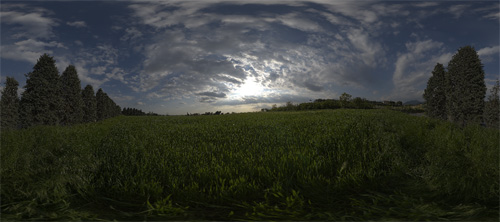
1 appears fully opaque, but the Material is still rendered during the Transparent render pass. Use this drop-down to determine how URP calculates the color of each pixel of the transparent Material by blending the Material with the background pixels.Īlpha uses the Material’s alpha value to change how transparent an object is. If you select Transparent, the Blending Mode drop-down appears. URP renders transparent Materials in a separate pass after opaque objects. Transparent surface types are affected by their background, and they can vary according to which type of transparent surface type you choose. Opaque surface types are always fully visible, regardless of what’s behind them. This determines which render pass URP renders the material in. Use this drop-down to apply an Opaque or Transparent surface type to the Material.
#Brighter 3d materials download manual
For information on metallic or specular workflows, see this Manual page for the Standard built-in Shader in Unity. When you have made your choice, the main Texture options in the rest of the Inspector now follow your chosen workflow.

Use this drop-down menu to choose a workflow that fits your Textures, either Metallic and Specular. The Surface Options control how URP renders the Material on a screen. The Inspector window for this Shader contains these elements:


 0 kommentar(er)
0 kommentar(er)
